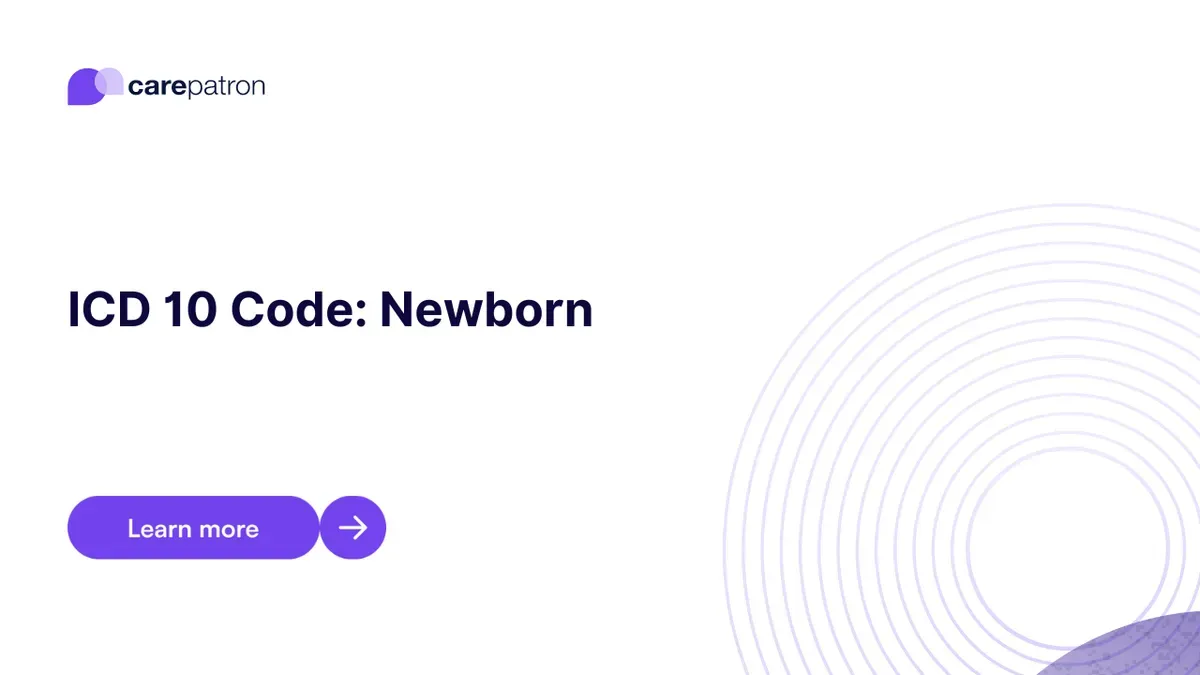
Newborn ICD-10-CM Codes | 2023
Discover the essential ICD-10 Codes for newborns. Learn accurate coding for neonatal healthcare and streamline medical documentation and billing.
Use Code
Commonly asked questions
Newborn ICD codes are utilized in healthcare to document and bill for medical conditions in infants shortly after birth, generally during the first 28 days of life. They help categorize and track medical information, ensuring accurate billing and record-keeping for newborns.
Treatments for newborn diagnosis codes vary depending on the specific condition. Common interventions include monitoring, medications, medical procedures, supportive care, phototherapy, and nutrition, all tailored to address the newborn's diagnosed medical issue.
A diagnosis code for a newborn, typically encoded using the ICD system, serves to standardize and communicate information about the infant's medical condition. These codes are essential for record-keeping, accurate billing, insurance claims, and medical research, facilitating comprehensive patient care and healthcare data analysis.
EHR and practice management software
Get started for free
*No credit card required
Free
$0/usd
Unlimited clients
Telehealth
1GB of storage
Client portal text
Automated billing and online payments
